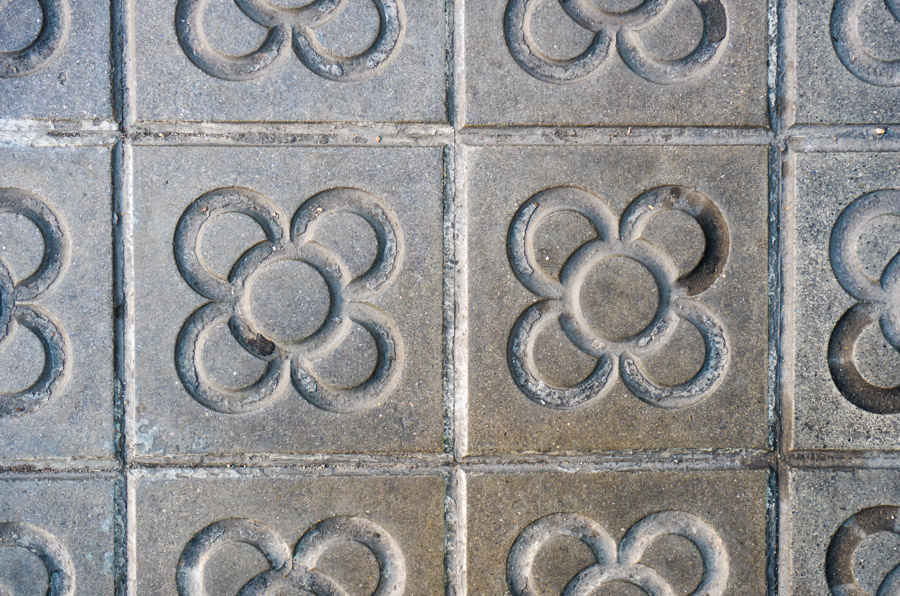
A museum of Barcelona: the Casa de les Punxes (or Disney castle)
The castle of sleeping beauty is located in Barcelona and opened in 2016 after being closed to the public for a century.
It is likely that those who have ever walked along Diagonal Avenue have noticed a building with several towers finished in striking spires. It is about a museum of Barcelona, Casa de les Punxes or casa Terradasbuilt by the modernist architect Josep Puig i Cadafalch in 1905 for the Terradas family. Today I’m going to tell you the story of this building inspired by the” Mad King’s Castle ” or Neuschwanstein, the same one that Walt Disney chose as a model for his ” Sleeping Beauty»
Photo by Ferrán Nadeu
A museum of Barcelona, the Casa de les Punxes
Bartomeu Terradas and Mont he was an entrepreneur of the textile industry of Barcelona in the late nineteenth century. In 1901, after his death, his fortune passed into the hands of his son and main heir Bartomeu Terradas Brutau (who was a player of a newly created Football Club Barcelona and, later, second president in its history).
The deceased too he wanted to take care of the welfare of his three daughters, for whom he financed the construction of a building that would be divided into three housesone for each daughter. The project was commissioned to the Barcelona architect Josep Puig i Cadafalch who designed a building with Central European influence following the modernist trend of the time.
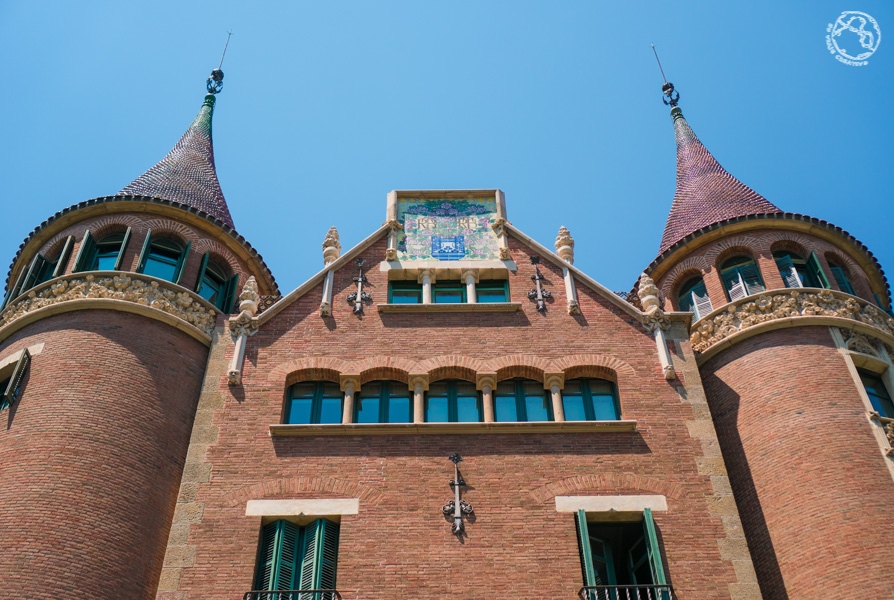
Three daughters, three houses, one building
The building was located in a somewhat peculiar location, a triangular space in the newly urbanized district of Eixample of Barcelona. The project consisted of a single building block that looked like a single house, but were actually three, each with distinctive signs on their facades, designed exclusively for the three daughters by the painter Enric Monserdá. The most characteristic of the construction are its six towers, crowned by conical spires, which gave it the popular name of casa de les punxes (“the pinchos”, in Catalan).
To distinguish each of the daughters chose different ornamentations: for Angela, in the house number 420 of the Diagonal, he made a ceramic design where he drew an angel and the clover as a recurring floral element. In the entrance door he used the Mudejar style. For finca 418, owned by Josefa, designed a sundial and calendar, building the entrance portal in a Gothic style with decorative pinnacles depicting the florida rod of St. Joseph.
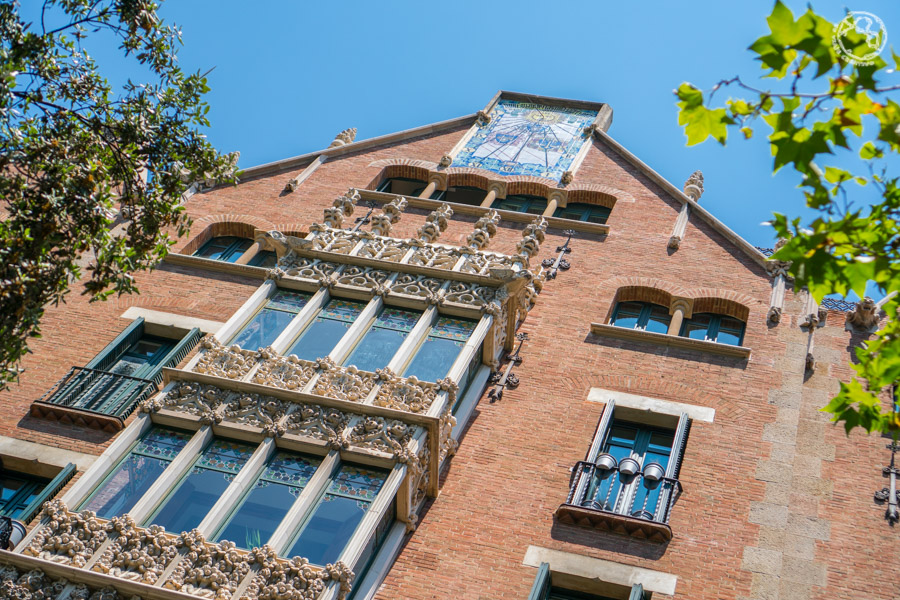
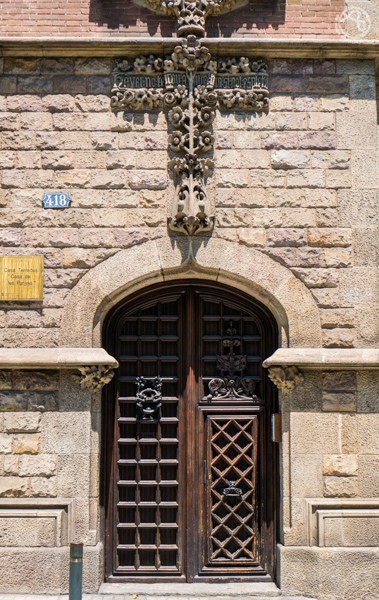
Finally, for Rosa, in 416 of Diagonal, he used two panels with floral motifs referring to the homonymous flower, which can also be seen in the ornaments in stone and iron.
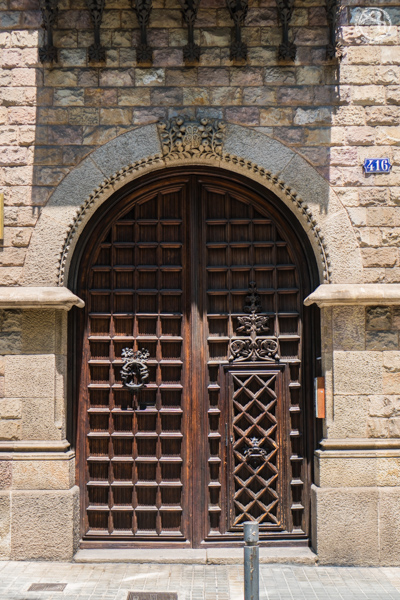
In the back of Josefa’s house the architect designed another ceramic ceiling, which represents the story of Sant Jordi killing the dragon. This shows Puig i Cadafalch’s romantic tendency to recover medieval legends from Catalonia. The presence of this ceiling has served to give a new direction to the construction in your current project.
Photo of the House of les Punxes
From private house to private museum
Upon the death of the three women, who left no offspring, the building became the property of their brother. In 1975 it was declared a national historic monument and from the 90s began a restoration process that would culminate in its reopening as a museum in 2016.
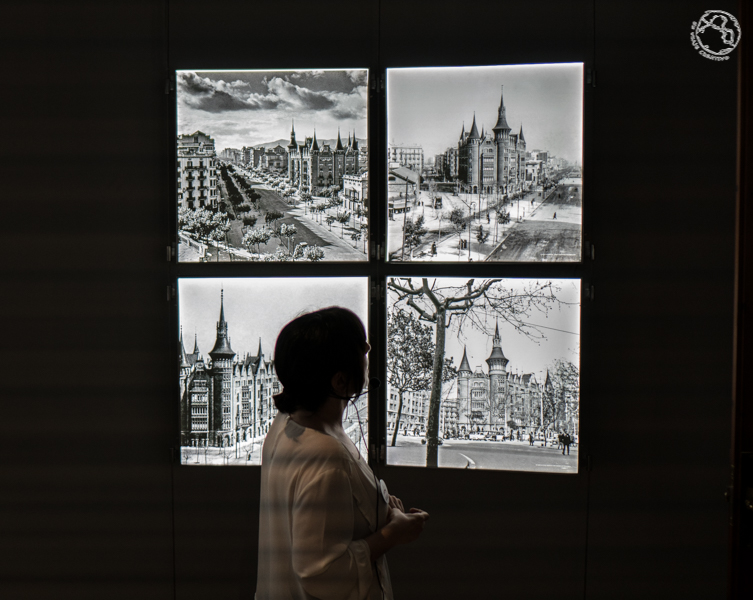
Say museum focuses on the theme of Sant Jordi, patron saint of Catalonia, dedicating the main floor of the building, the only one open to the public. Apart from this, the other two rooms with public access are the ground floor and the terrace that gives access to the six towers. Inside, the different rooms have been converted into interactive spaces where the history of Sant Jordi is projected, respecting the decoration of columns and windows, as well as a old elevator from 1906.
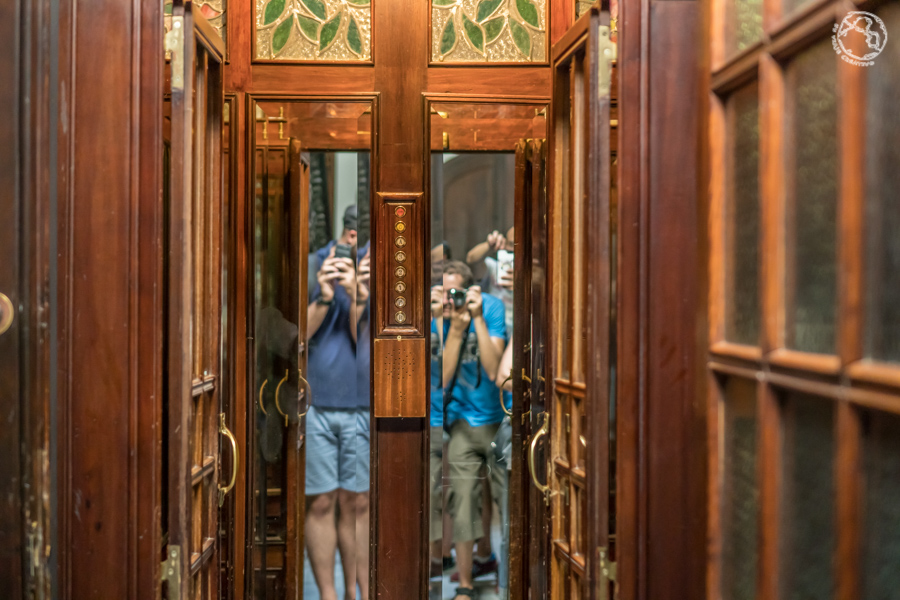
On the roof, apart from the access to the viewpoint of the main tower, you can see several exhibitions on the architect, the Terradas family, the symbolism of the construction, and the history of Barcelona at the time of its construction).
- One of the most interesting details of these small exhibitions is the explanation of the origin of the term “can fanga» for the people of Barcelona. This term comes from the fact that at the beginning of the century, much of the city was under construction and when it rained it became a muddy. Related to this and Puig i Cadafalch is the creation of one of the symbols of Barcelona: the flower or rose panot of Barcelona, a type of tile designed by the architect for Casa Amatller but used a posteriori to pave numerous streets of the city. About the flower panot I already spoke in this other entry in which I proposed a game.

Besides, during the summer months music floods the roof with live performances of jazz, jazz fusion and other similar rhythms.
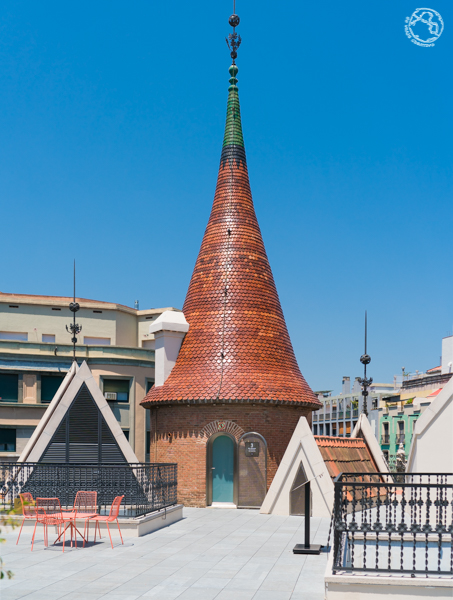
Price museum of Barcelona “la casa de les punxes»
The museum ticket prices from Barcelona, Casa de Les Punxes is 12.50 with audio guide, 20 with guided tour and 23 with a more personalized visit and glass of cava on the roof.
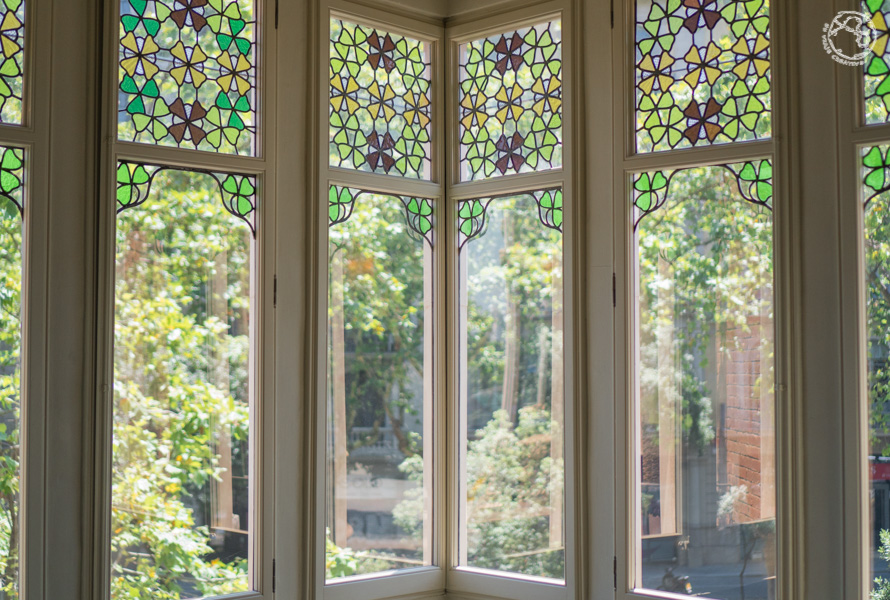
As for the accommodation, Barcelona is a city with many options, although its popularity has made it a highly demanded place, so it is advisable to book in advance. The accommodation options range from different hotel establishments, hostels, collaborative economy services such as the controversial Airbnb or the recent Guest to guest, apartments on the beach in Barcelona or even the social accommodation network Couchsurfing, which seeks a closer interaction with the locals.
The visit to this museum of Barcelona, the Casa de les Punxes, it is one of those less known activities of the crowded Barcelona and can be a good option for those who want to investigate the spectacular architecture of a place especially known for the works of the famous modernist architect Antonio Gaudí.







